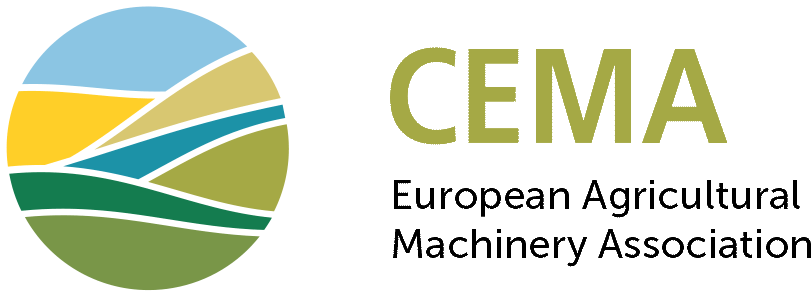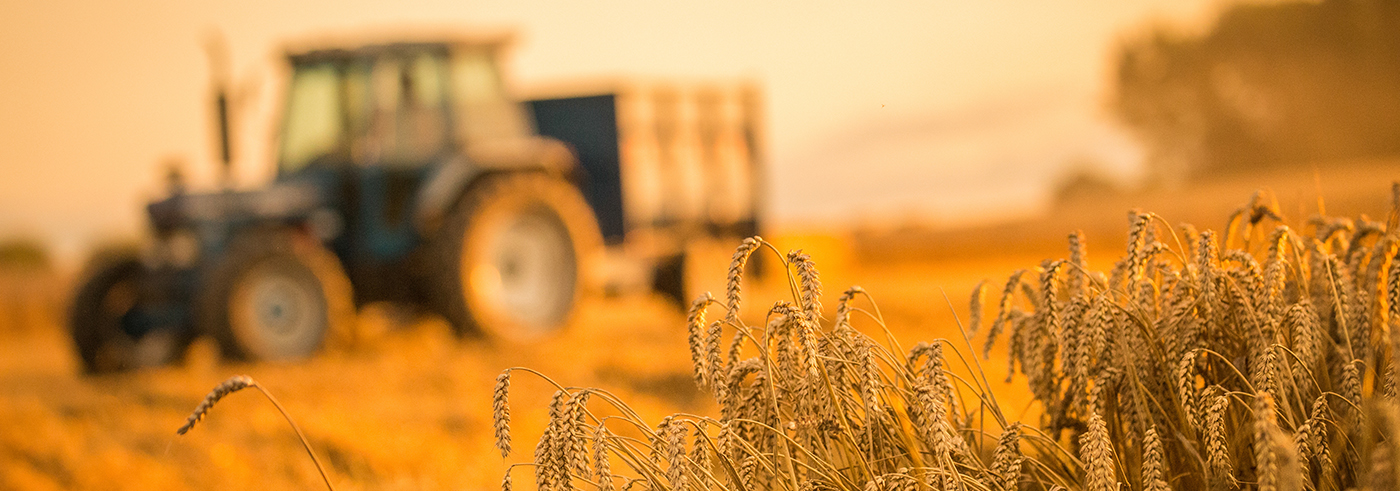Allowing tractor technology to be marketed in all EU Member States by harmonising their approval was part of the post-WW2 strategy for agricultural development. Type-approval is considered the ‘old approach’ with a layer of regulated ‘mutual recognition’ being created above the existing national structures. The first directives 74/150/EEC and 2003/37/EC saw many changes and ended up with mandatory European approval for standard tractors. Over the years the scope was widened to include agricultural towed vehicles, and tractors driving faster than 40 km/h. These files were dedicated to our vehicles and appropriate for the many types and volumes.
Within the setting of “Better Regulation” the European Commission decided to harmonise approval procedures for all the vehicle categories under their care. For agricultural vehicles the result is the new 'Mother' Regulation 167/2013. The new Regulation facilitates faster changes to technical requirements, adapting them to the state of the art. However, it also increased the burden for the industry both in terms of testing, reporting and administration. The benefits for the agricultural machinery industry remain therefore questionable.
RELATED PAGES






